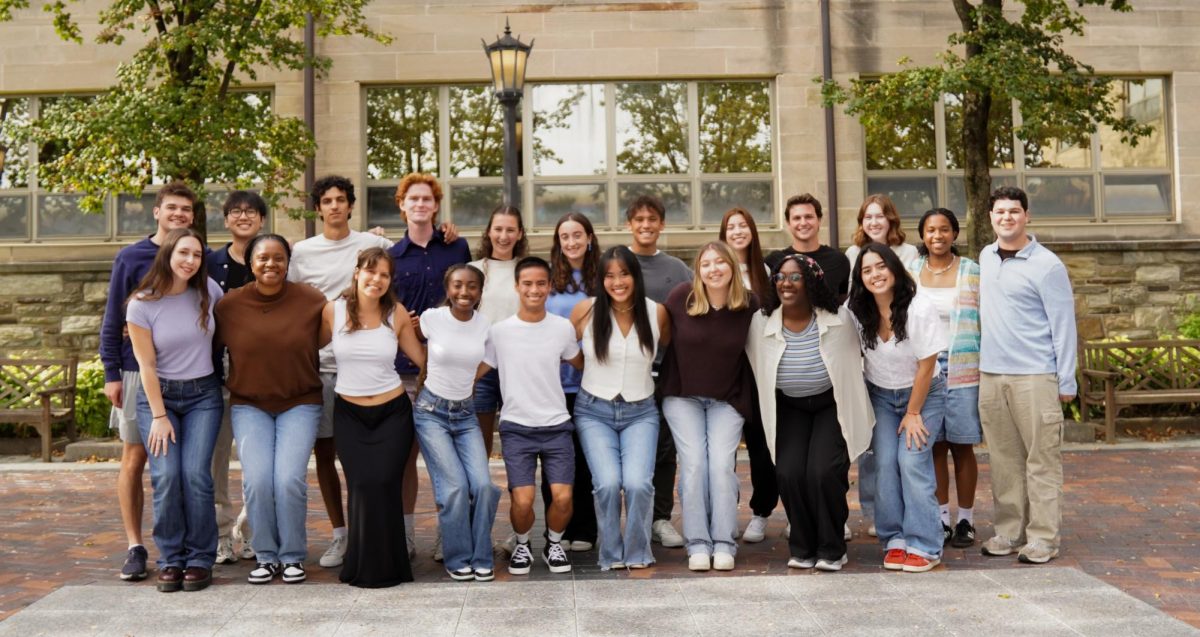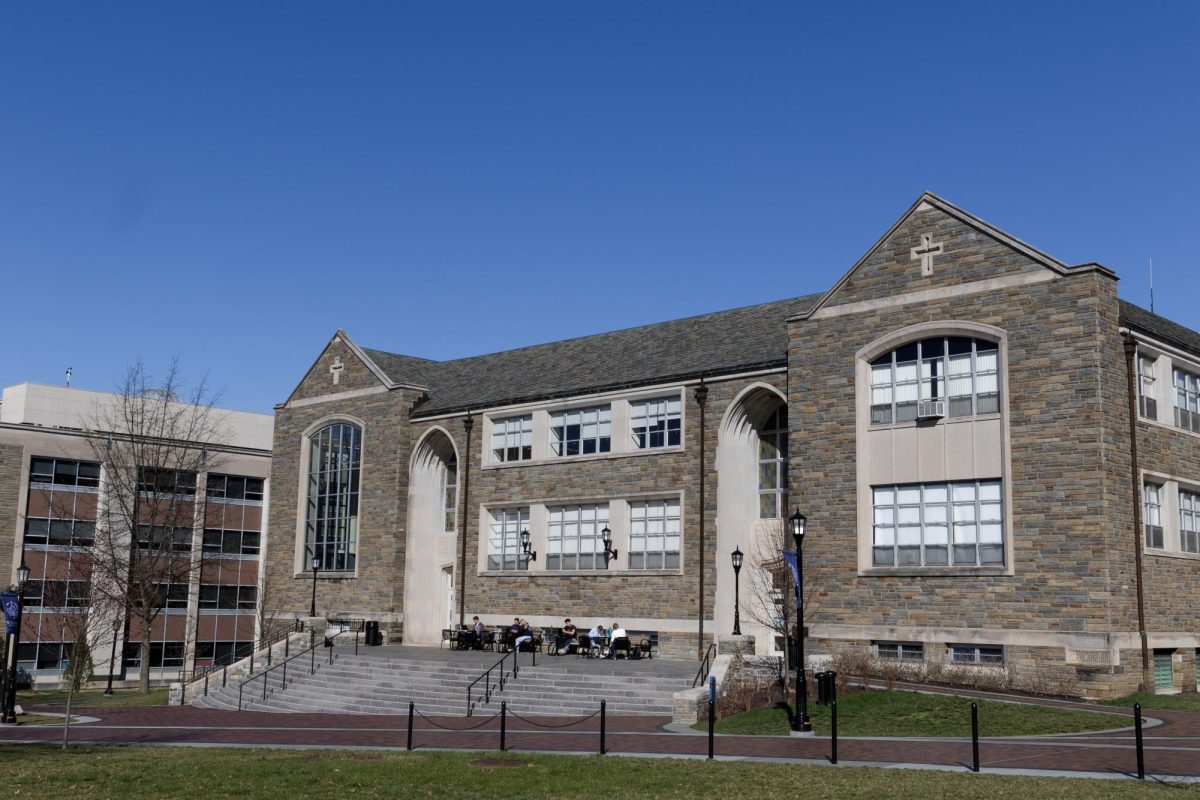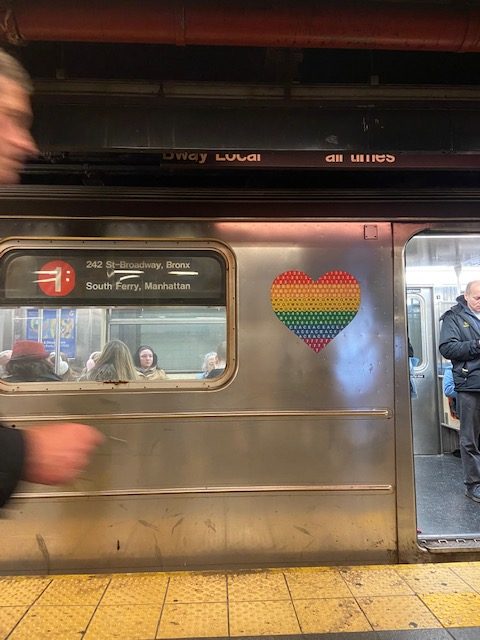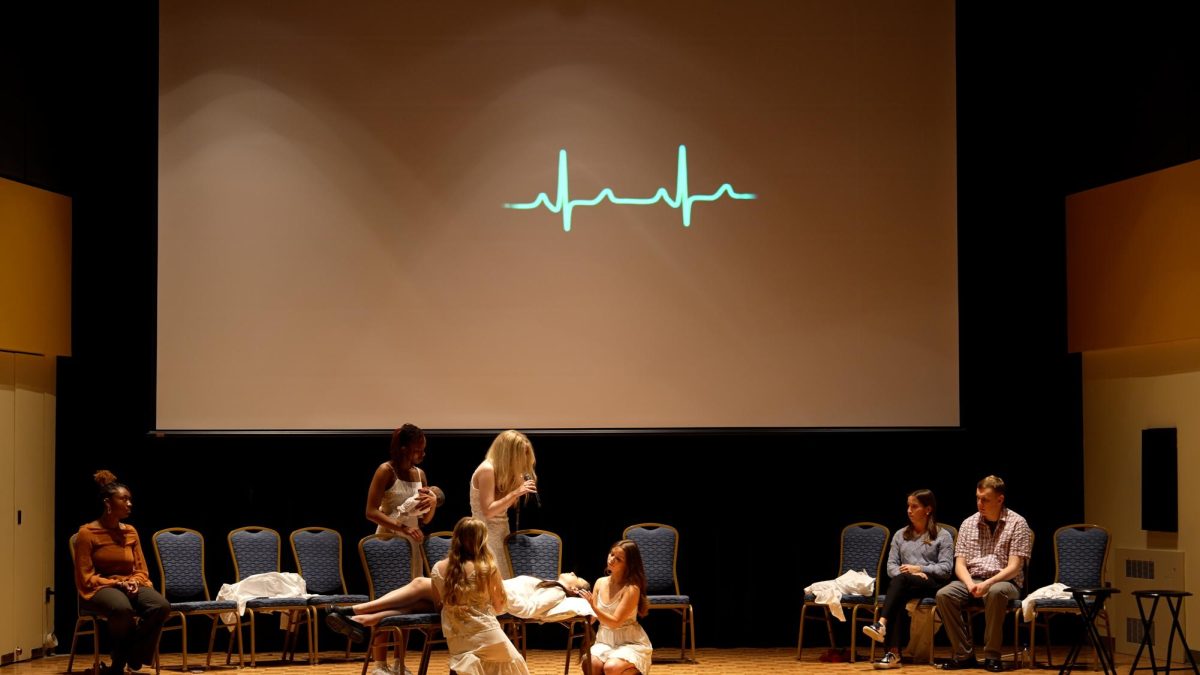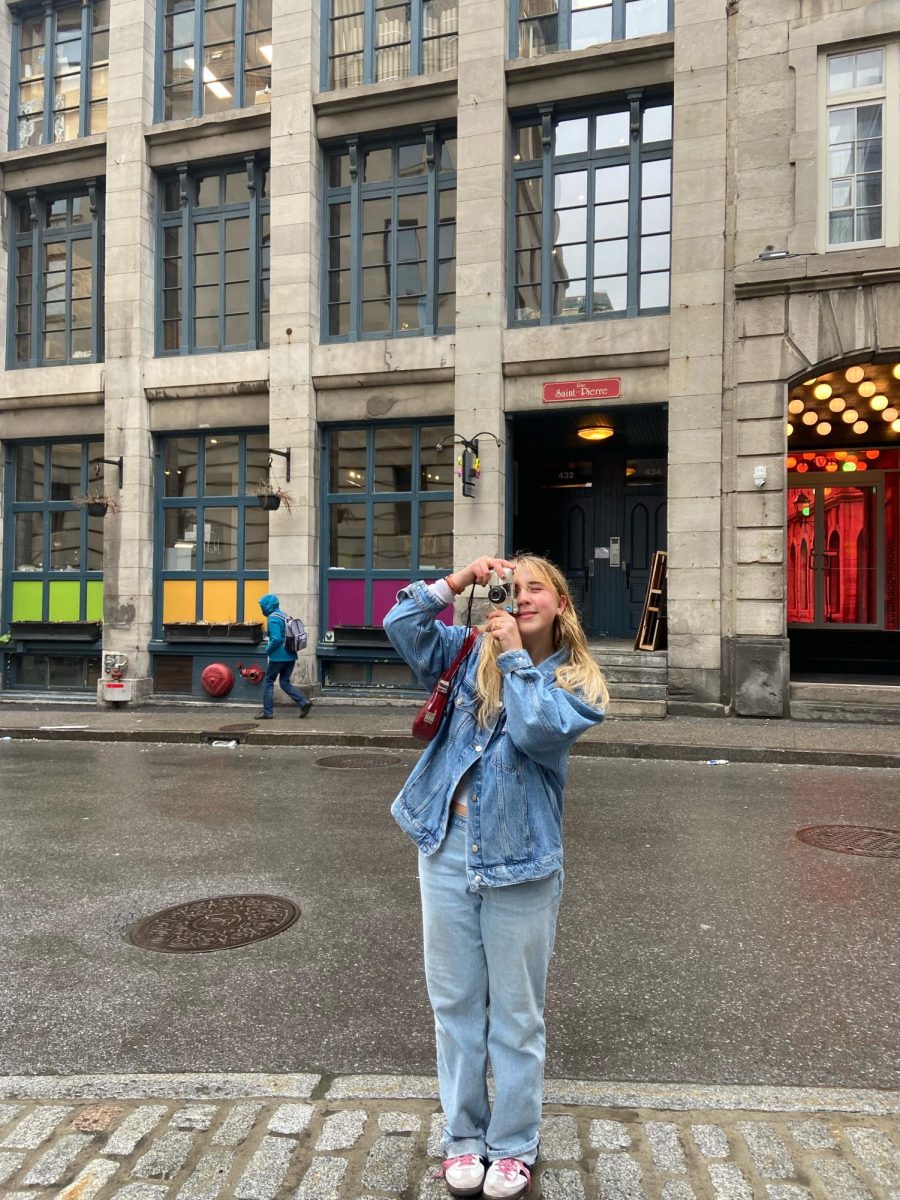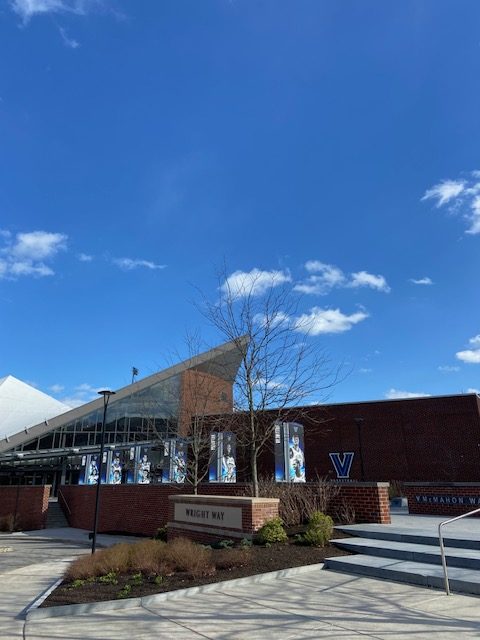Tucked in the back of Garey Hall, there is a small “lab” room where a course called Villanova University’s Social Justice Documentary meets. Each year, the students who make up this two-semester course create a unique production company and throw themselves into creating a documentary about a specific community from somewhere in the world. The 2024-2025 group has formed itself into a company it is calling Pinctada Pearl Productions and will be traveling to the Philippines for 10 days, departing on Oct. 11.
“The course has been going on for probably around 15 years,” producer Meg Martin said. “Typically, we’ll take around 20 people each year. I’ve heard it be called a filmmaker’s bootcamp because it doesn’t really matter what major you are. If you’re interested in social justice, if you’re interested in documentaries or filmmaking or in learning more about yourself and your relationship to other parts of the world…really anyone in any major can register for the class.”
This diversity is not only allowed, but encouraged, as each production company is influenced by the different identities of the students who make it up.
“The people who constitute the company each come in with their individual ‘why’ they want to produce a documentary and why it’s important to them to be active in the social justice climate, and that collective ‘why’ that we come together to create is the production company,” Director of Photography Elizabeth Bojdak said.
This group emphasizes the importance of staying true to its “why” constantly, and that comes through in their plan for the documentary. Even the name has a meaning rooted in this purpose, stating that every story is like a pearl, a precious gem which can shine on its own.
As for how the group settled on the Philippines as the focus of the newest documentary, co-director Olivia Speaker shared how the course’s professor, Hezekiah Lewis, created a foundation for the project over the summer through his own travels.
“Every year, our professor goes and kind of picks a country,” Speaker said. “And then he’ll go in the summer and … go around the country and meet people and talk to people and then he’ll come back and give us his experience and then we kind of base our story off of that.”
This process gives the company real stories to work with from the beginning. In the case of Pinctada Pearl Productions, Lewis chose the Philippines and out of his travels the group has settled on going to two island communities: Halian and Boracay. Speaker went on to share more about one of the group’s most prominent contacts, Tasha, cousin of co-Director Daniela Ortiz, who works with Halian in conservation and other environmental efforts.
This familial link is extremely fitting for the major themes of the production. Each student involved in the course writes their own ‘why’ statement about their choice to participate, and many of them mention an idea of searching for and finding connection. Whether it is across cultures, generations or even just individuals, connectivity is essential to the ethos of the project this group is embarking on.
“We want to make sure we’re going to these indigenous communities with more of a purpose,” Marketing Executive Tara Ford said. “We are avoiding any sort of troupe of white saviorism or anything in that regard, and we do have motives for wanting to give voices to or amplify voices in these communities and allow them to use our documentary to do so.”
“Showcasing our individual, personal connection to the story and the location we’re documenting brings a universality to our project so that people in Villanova and people in the greater Philadelphia community, people hopefully across America are able to resonate with the story that is being told not in a like exhibitionist sense,” Bojdak said.
Beyond the main body of work, the film, Pinctada Pearl Productions also houses a multimedia team whose job it is to find other ways to share the stories of these island communities with their audience back here in the States. One strategy is through stand-alone feature stories.
“Our reasoning for the vignette spotlights, which is what we’re calling them, is just to highlight the voices and the people that we weren’t able to highlight directly in the [documentary],” co-Multimedia Director Soledad Robbins said.
The first spotlight will likely go to the company’s close collaborator, Tasha, to give her a platform to share her work in Halian environmental justice and land rights. Another possible short story to be featured outside of the film is about fishing and what it means to the culture of the communities they will be working in. There may even be a more interactive element of the company’s project right here on Villanova’s campus.
“We are hoping to have an exhibit in the [Villanova art] gallery itself,” co-Multimedia Director Olivia Hansen said. “Or if there is no space to have one kind of just outside in the Oreo, somewhere where all campus can see.”
Hansen emphasized that the group is “looking to collaborate with local talent, as well, and highlight the voices not only in the Philippines but also Filipina Americans here.”
This exhibit would be a way to get more students involved in not only this project, but in social justice ideas and movements. Even if it is just a passive interaction with art, putting social justice projects at the forefront of students’ minds is incredibly important at a school that can seem very closed off from the outside world at times.
With the group’s departure date approaching, the wider Villanova community can only look forward to what Pinctada Pearl Productions will create. The film’s premiere has been set for the end of April or beginning of May, and will showcase the communities living in Halian and Boracay through this group’s storytelling talents and those of the communities themselves.
Students can follow along with Pinctada Pearl Productions on Instagram, @pinctadapearlproductions.

